November 2023
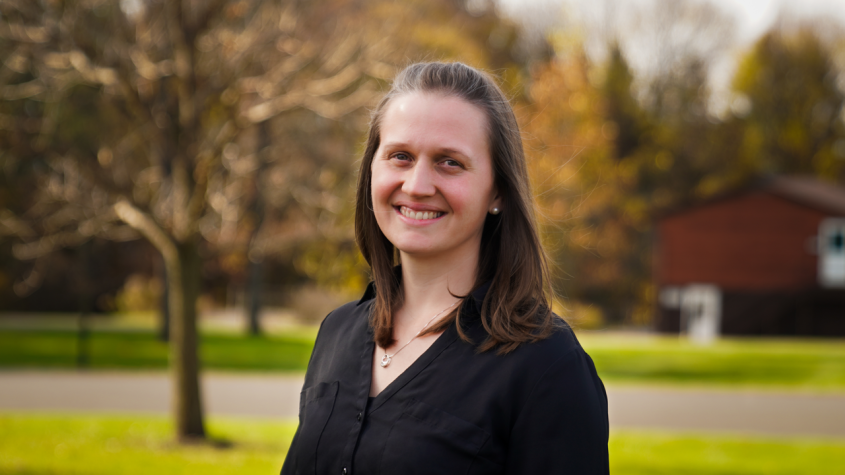
November 30, 2023
Dr. Cynthia Hopf-Dennis from the Janet L. Swanson Wildlife Hospital at Cornell University discusses her path to teaching and practicing wildlife medicine and population health to preserve the health and well-being of our native wild animals while educating others about their value.
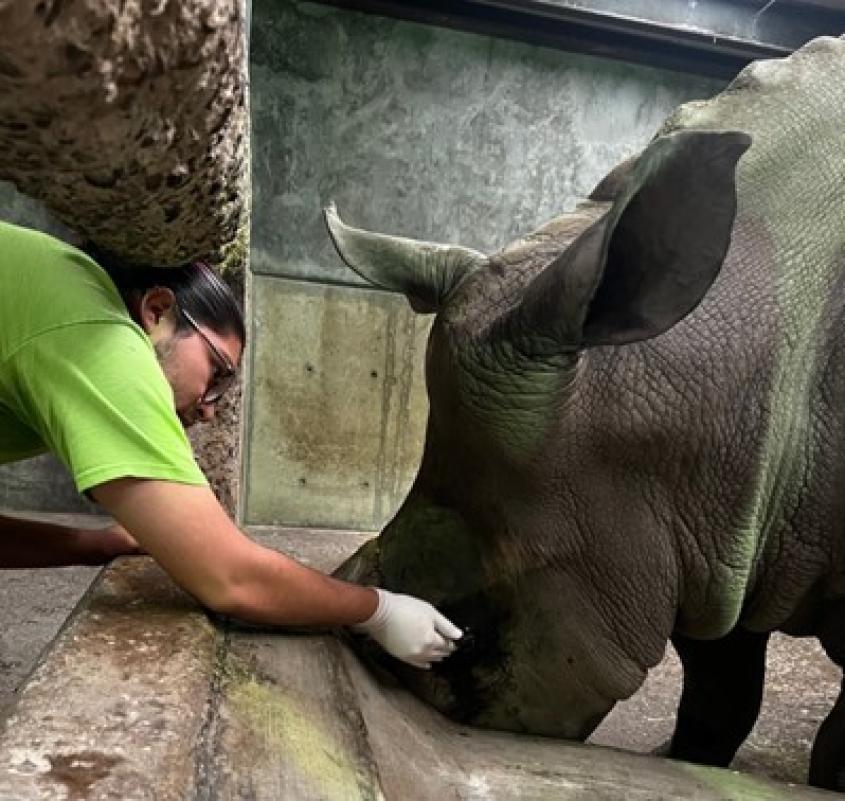
Blog
November 28, 2023
Cornell veterinary student Sergio Acuna Gutierrez traveled to Guadalajara, Jalisco in Mexico for ten weeks to work at the Zoológico Guadalajara. Home to over 3,500 animals from over 300 different species and built on a reserve at the edge of the Huentitan Canyon, Zoológico Guadalajara is one of the largest zoos in all of Latin America.
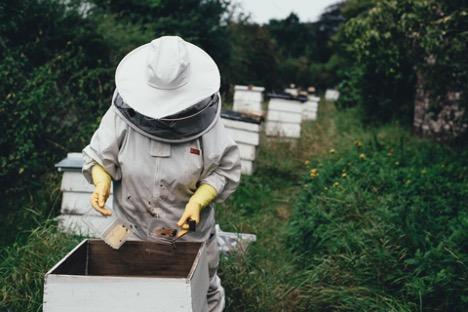
For Your Information
November 27, 2023
This study led by Cornell researchers provides an overview of important toxicants to which honey bees are exposed; behavioral, husbandry, and external environmental factors influencing exposure; impacts of toxicant exposure on individual bee and colony health; and the convergent impacts of stress, nutrition, infectious disease, and toxicant exposures on colony health.
Video
November 25, 2023
A presentation by Dr. Steve Osofsky, Director of the Cornell Wildlife Health Center, at the National Academy of Sciences Board on Animal Health Sciences, Conservation, and Research Fall Board Meeting, Washington, D.C.
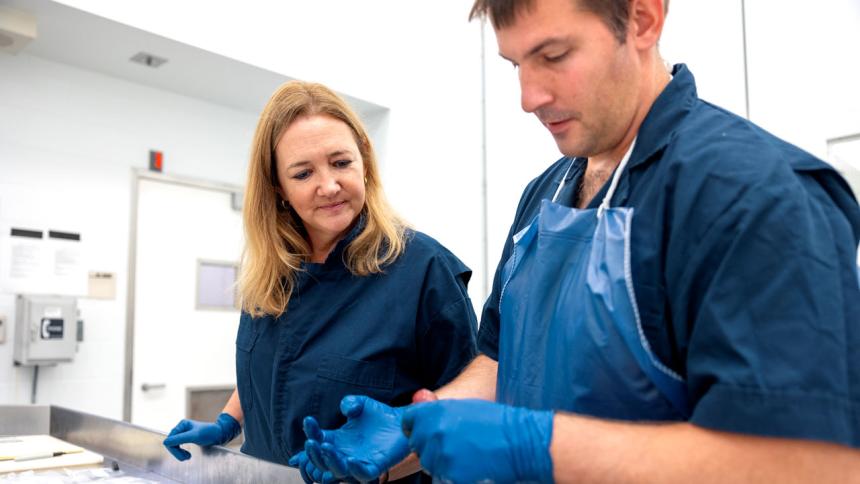
November 22, 2023
State agencies are stepping up education and outreach to promote voluntary adoption of non-lead alternatives, acting on recommendations from their Lead Ammunition Working Group, a multidisciplinary partnership that includes the Cornell Wildlife Health Lab.
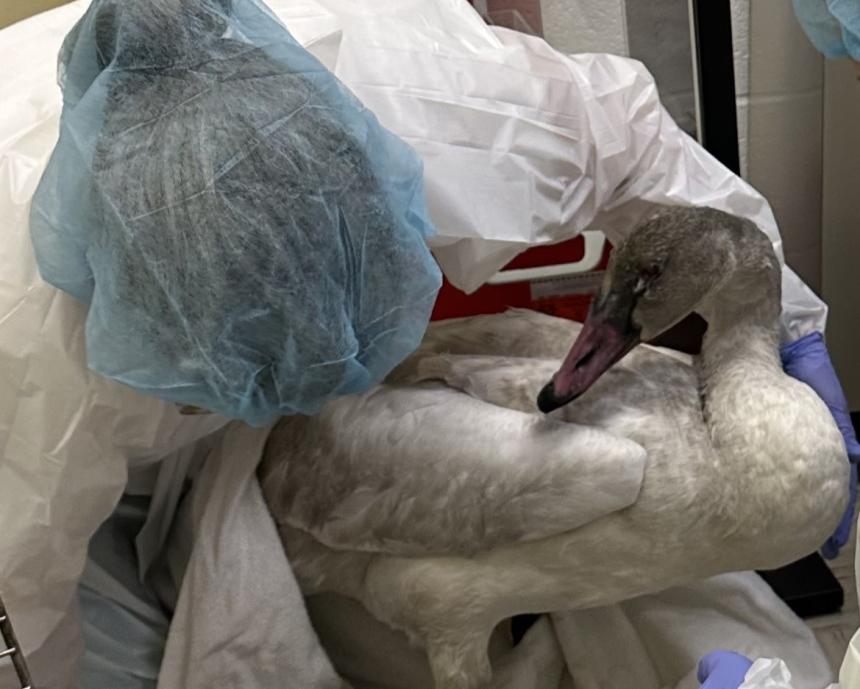
November 17, 2023
While avian influenza has affected multiple bird populations and a range of mammal species across the world, the Cornell Janet L. Swanson Wildlife Hospital has optimized its use of clinical medicine, practical precautions, and collaboration to effectively manage the risk of disease transmission among birds in the hospital, and from birds to mammals, including humans.
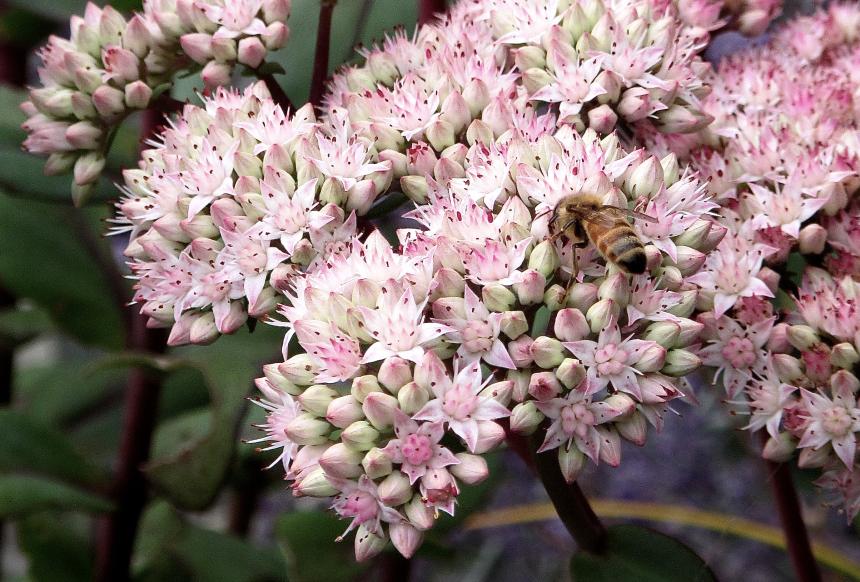
November 15, 2023
Led by Cornell's Dr. Karyn Bischoff, an analysis of beeswax in managed honeybee hives in New York finds a wide variety of insecticide, herbicide and fungicide residues, exposing current and future generations of bees to long-term toxicity.
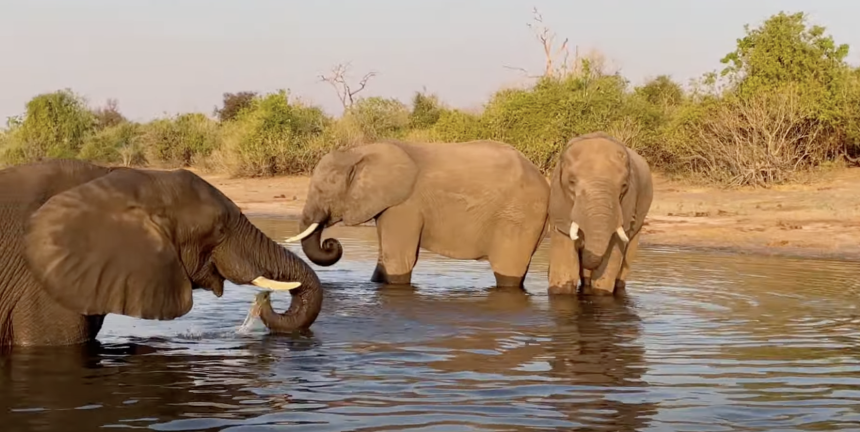
Video
November 08, 2023
Enjoy these beautiful wild elephants in Chobe National Park, Botswana - part of the KAZA (Kavango Zambezi) Transfrontier Conservation Area - where we're working to restore key wildlife migration corridors.
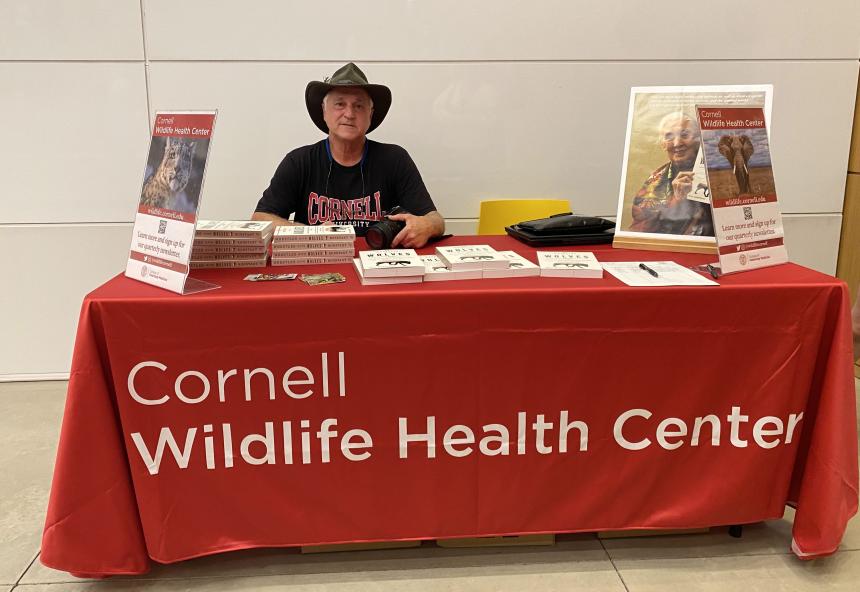
November 07, 2023
Cornell alumnus Bill Konstant ‘74 visited Cornell to give a talk to students, alumni, faculty, and the general public based on his memoir, Wrestles with Wolves: Saving the World One Species at a Time, hosted by the Cornell Wildlife Health Center and the Zoo and Wildlife Society.
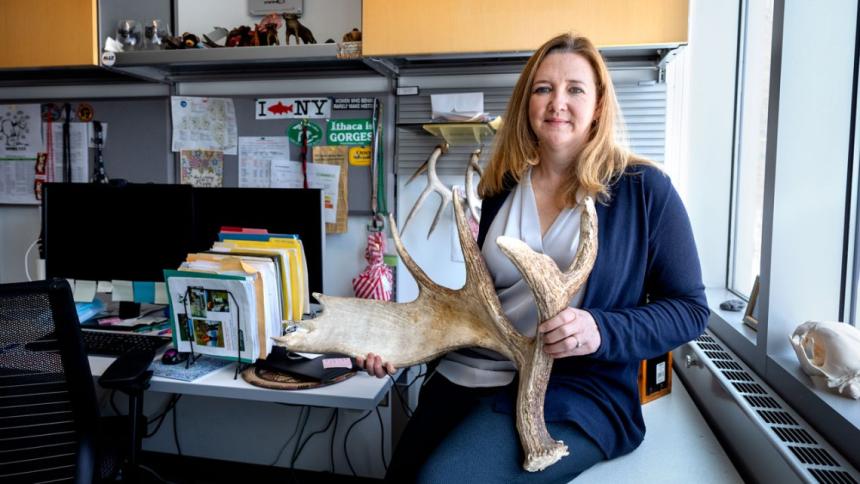
Podcast
November 06, 2023
This Cornell Veterinary Podcast episode features Cornell's Dr. Krysten Schuler, who spends her days working to protect New York State's wildlife from diseases like bear mange, deadly fungus in salamanders, and chronic wasting disease in white-tailed deer.

November 04, 2023
Flu viruses and coronavirus started the last few pandemics. Could the next one be a paramyxovirus? Cornell's Dr. Raina Plowright weighs in on the risks.
![Mountain Chicken Frog shown in a wooded area dunder1564 [CC BY 2.0]](/sites/default/files/styles/large/public/2023-11/Mountain%20Chickken%20Frog%20CC%20BY%202.0%20DEED.jpg?itok=IRk3CN0z)
November 02, 2023
Cornell postdoctoral associate Alyssa Kaganer discusses chytrid disease and how we can help protect amphibians from this deadly fungus.
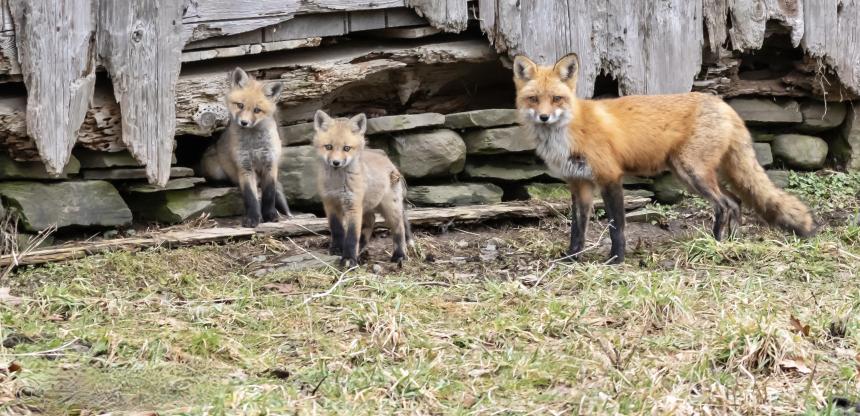
For Your Information
November 01, 2023
This new paper by Cornell researchers presents background and commentary focusing on companion and peri-domestic animals as disease risk for humans, taking into account the human-animal interface and population dynamics between the animals themselves.
